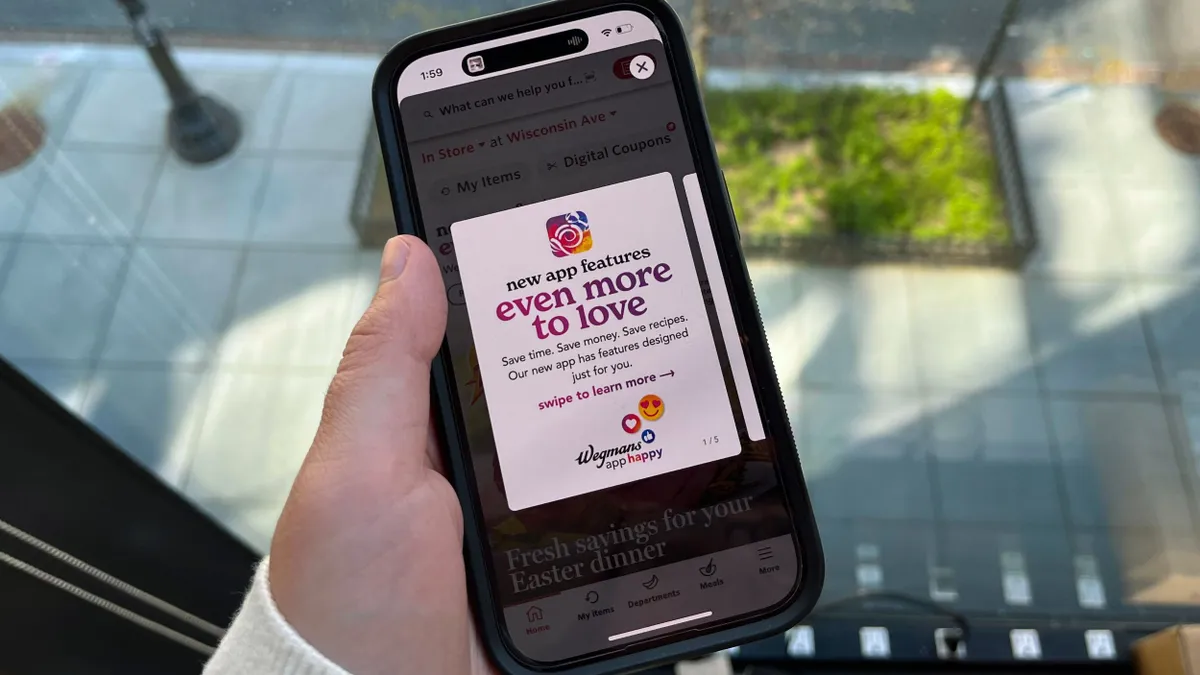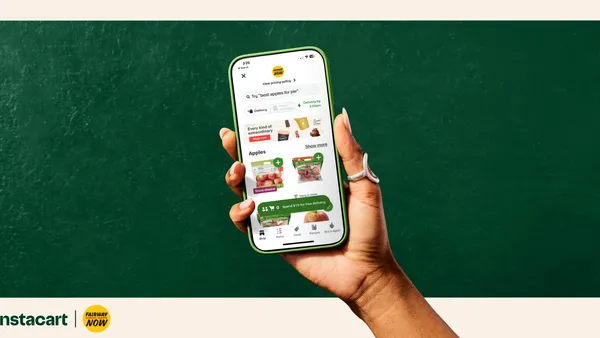Consumers remain under financial pressure and are looking to brands and retailers for value, convenience and personalized deals and experiences. According to RRD’s latest CPG + Grocery Consumer Report, a remarkable 88% of consumers are frustrated with rising prices. The report explores how the effects of inflation and rising costs of everyday essentials are causing shifts in shopper behaviors. Based on a survey of more than 1,800 consumers and 254 grocery, drug and mass professionals (and including insight from RRD's industry experts), the report presents key trends and offers strategies for marketers looking to remain competitive and relevant in this challenging environment.
Here’s a snapshot of the report’s highlights
Consumer priorities and pressures
Consumers across all income levels are feeling the strain of rising prices, particularly when it comes to grocery shopping. Essentials like food and beverages have become a significant source of frustration for 86% of shoppers.
This concern extends beyond groceries to other key categories, including health-related items (78%) and household goods (75%). Even affluent households are not immune, with a notable portion (79%) expressing dissatisfaction with escalating costs.
RRD's industry experts suggest that brands can address these challenges by focusing on personalized promotions and relevant discounts, helping shoppers feel supported while encouraging loyalty.
Shopper strategies to maximize budgets
People are changing how they shop for groceries to stretch their dollars further. Economic pressures are driving behaviors such as stocking up during sales, with 41% of shoppers identifying this as their top strategy. Other common approaches include purchasing fewer items (37%) and switching to less expensive name brands (37%) or private-label store brands (35%). Coupons and discounts remain essential tools for saving, with 34% of consumers buying products only when they are on sale or accompanied by a coupon. Also, 32% of shoppers are sticking to strict shopping lists to avoid unplanned spending.
Drivers of consumers’ buying decisions
When it comes to making shopping choices, consumers consider more than just price. Convenience and proximity remain key, with 68% of shoppers, particularly baby boomers (76%), prioritizing stores close to home. However, having a good time while shopping matters too. Around 32% of consumers, including those who are Gen Z (39%), millennials (37%) and parents (38%), will go out of their way to shop at stores that make shopping fun and different.
Retailers face the challenge of balancing convenience with experience. According to RRD’s industry experts, this requires investing in loyalty programs and personalized offers while testing and implementing new strategies based on real data. By aligning with proven approaches, brands can better meet the needs of today’s value-driven shoppers.
What shoppers want and expect from brands
Consumers know exactly what they want. A majority (59%) favor shopping at retailers that understand their buying habits and offer relevant deals, while 55% appreciate personalized discounts or rewards that make them feel valued. Tailored recommendations are also a draw, with 52% of shoppers saying they enjoy it when stores suggest products based on their interests. Personalization plays a key role in loyalty too — 47% of consumers say customized messages and offers strengthen their connection to a specific brand or store.
Local products and ads are becoming big deals as well. More than half of shoppers (57%) love stores with locally grown or made goods, and 56% want to see more ads about these local items.
When picking a place to shop, people care most about getting good deals, quality products, special offers and keeping their data private — which jumped by 19 points from 2023 to 2024.
Stay ahead of consumer trends
Understanding these consumer and industry trends can help you develop strategies to improve shopper engagement in 2025. For additional insights and expert recommendations specific to the CPG and grocery sectors, access the full report.










